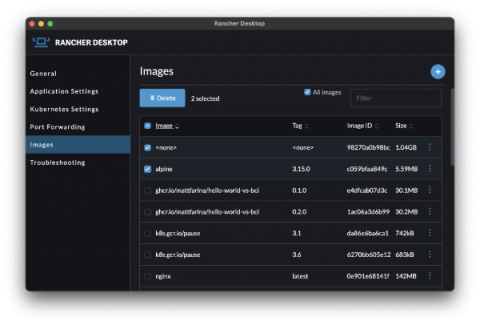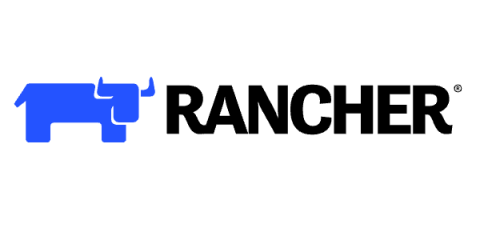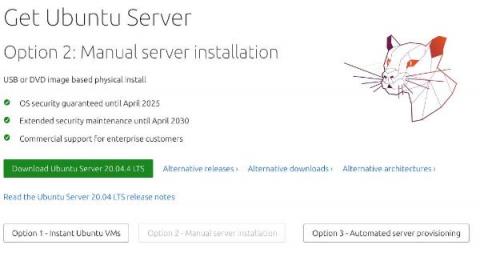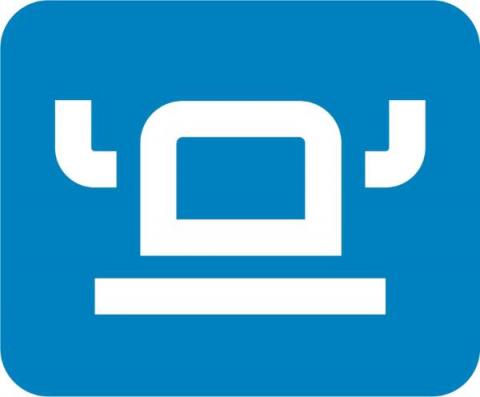RKE vs. RKE2: Comparing Kubernetes Distros
When I joined SUSE I heard about our Kubernetes distributions: Rancher Kubernetes Engine (RKE), RKE2 and K3s. However, the differences between RKE and RKE2 were not clear to me. I decided to spend time with them and blog about the differences.









